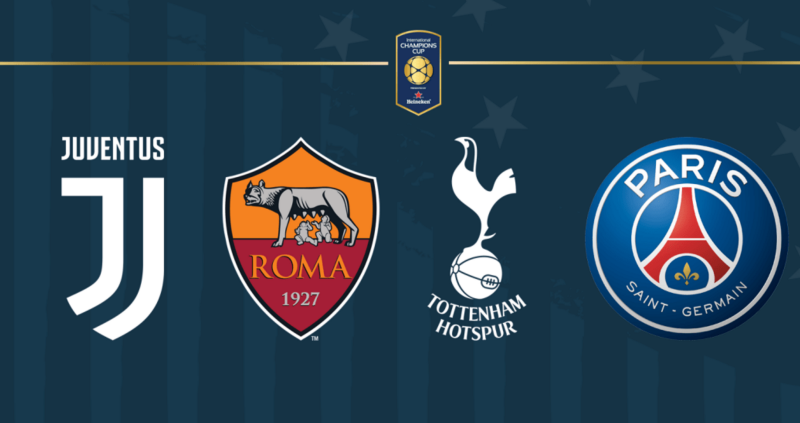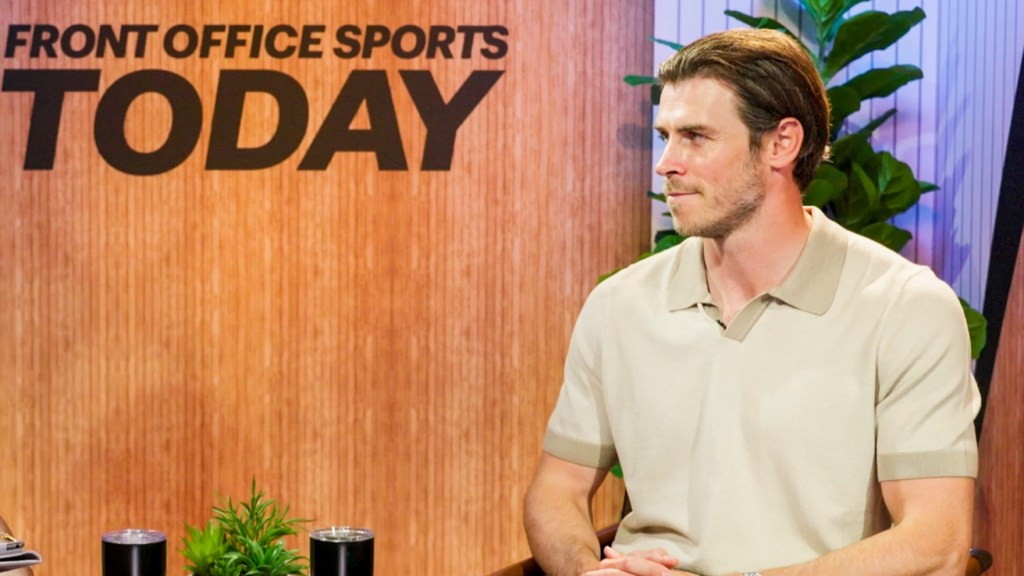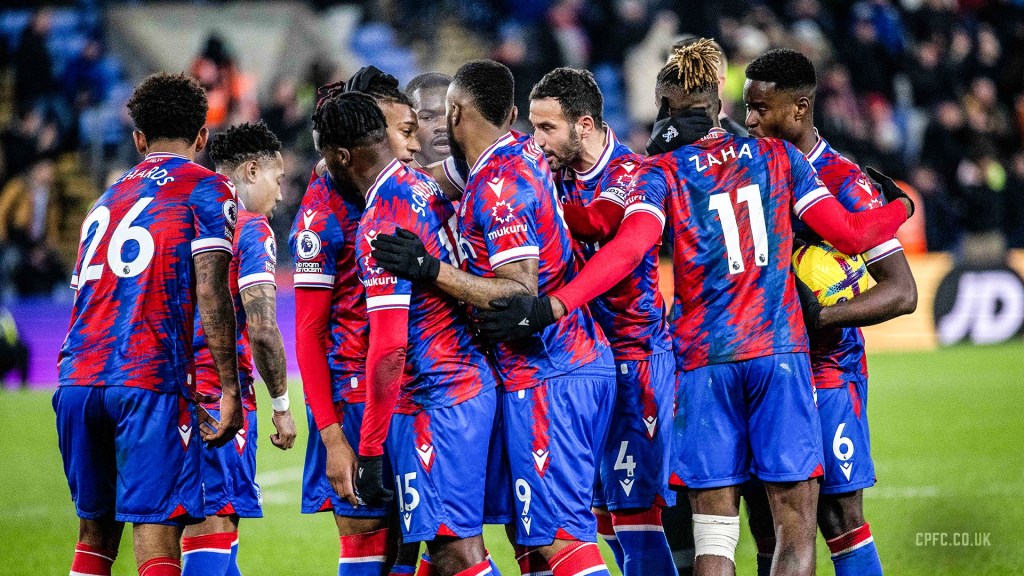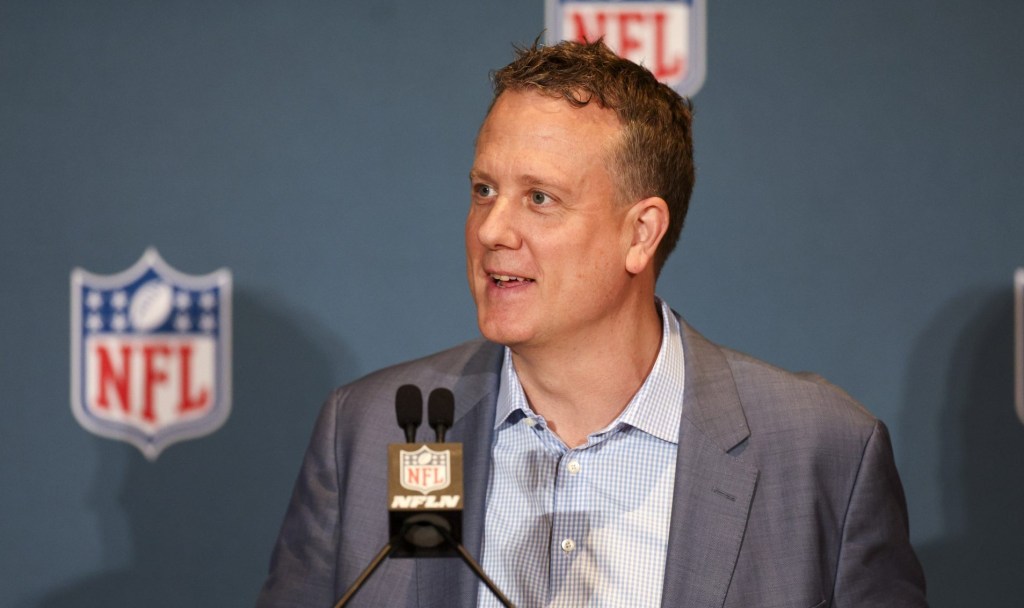Get an inside look at how the team capitalized on its summer tour.

Italian soccer giants AS Roma kicked off their Serie A league season on Sunday, one full of positivity as they hope to make another run amongst Europe’s elite clubs.
With the players fresh off their summer break and new faces arriving from all over the world — including the welcoming of a new coach this summer — everyone at the club is in an optimistic mood and looking forward to the challenges of a new season.
Prior to the start of the regular season, Roma ventured to the US for the International Champions Cup, as part of its preseason training. Matchups featuring Paris Saint-Germain, Tottenham Hotspur, and rivals Juventus awaited them in the States in the final weeks of July.

With this journey came the exciting challenge of developing strategies and content that were relevant to Roma’s digital footprint. Paul Rogers, the club’s Head of Digital Media, shared AS Roma’s social strategy and brand goals for their US Tour and how they came to fruition.
“Playing in a tournament like the International Champions Cup is great because it gives us a chance to play against teams from across Europe in new cities where we can entertain existing fans and hopefully attract some new ones along the way. From a content perspective, because the players are all together and away from home for up to two weeks, there’s more downtime to create cool stuff in a relaxed environment with less pressure before the season actually kicks off.”
The organization is no stranger to digital and social growth, as they’ve grown to enjoy experimenting with different platforms and with different types of content. For example, Roma was the first major European club to broadcast a full match on Facebook Live, they’ve used Giphy more than any team — generating a staggering 344 million views of their GIFs in 13 months — and in December, they ran a 21,000 word review of the year on Medium.
One of the first steps the team took in this direction was the development of the new AS Roma website, launched in December 2015, which was built in a crowd-sourced way using feedback from Reddit and other places. Thanks to its fresh design and fan-friendly interface, it was named the 2017 Sports Website of the Year.
“To be named one of the 25 most tech-savvy sports teams in the world by SportTechie last year was fantastic,” Rogers said. “And hopefully we can improve everything we do to deliver an even better experience online for our fans.”
The Brand
Football is a global sport and Roma is a global club with a local heart. We’re fortunate that we’re not only a capital city club — but our city is Rome, one of the most recognized and visited cities in the world… When we travel around the world, we carry both the city’s colors and also its name.
The club sees its history and tradition as a positive — Roma is 90 years old and proud of it — but in this new digital world, sees an unbelievable opportunity to better interact with existing fans and also to attract new fans.
“Before the American ownership took over, I think Roma fans would tell you that the club didn’t do a great job digitally,” Rogers said. “Hopefully we have addressed that and I’d like to think we have made it a lot easier to engage with and feel closer to the club.”
The goal for AS Roma in the digital age? Two-pronged. Respect tradition while embracing the future.
The club sees technology as an enabler, determining what it wants to achieve and how it can make that happen.
“Try new things, take risks, embrace change and constantly evolve. We don’t know all the answers — and we do make mistakes — but we are prepared to learn and fail before we succeed.”
That is the mindset a team needs when it comes to innovating and building something great.
It’s not easy task for the social team, having local-language social media accounts to represent the club. “It has never just been about translating content from our Italian channels. It’s all about localization and delivering the content that’s right for the particular audience. This doesn’t just apply to our English-language accounts, but to all the different languages we operate in,” Rogers said when asked about the difference.
You’ll find that every AS Roma account is managed uniquely, presenting tailored messages and content that best fits with the intended audience.
“We’ve found, particularly on our website, that certain content that works well with one audience, doesn’t necessarily work as well with a different audience in another country.”
Giving the people what they want is an art form, one that Paul Rogers’ team has come to appreciate. List-style content and opinionated articles work well on Roma’s English website, while history, news and talking heads video content performs better on the Italian site. A lot of their best graphic design is sourced from fans from Indonesia, while voting and polls always performs well on their Arabic website and social media accounts. Finding that balance in local markets is what makes the club’s approach so unique, as a true international organization.
Look no further than AS Roma’s English Twitter account, where Rogers’ team tends to push the boundaries a bit more than on some of their other accounts. The reason for this? Rogers suggests that Roma fans who interact with American sports teams on social media are accustomed to a different way of social interaction with their team, something they remain mindful of and try and tap into.
The club had this in mind when they had fun with video announcements of new signings this summer.
That was just the beginning of their mingling, however, as they invited players from the Boston Red Sox, New England Patriots and Boston Bruins down to meet the Roma players at the Harvard training complex. Some of the team and coaching staff even went to visit the Boston Celtics locker room. And you bet the social team was there to capture every angle of it all.
“All of that content was great to share because it gave us a chance to interact with the official accounts of those teams and their players — which was perfect for allowing us to have fun with an audience that is maybe new to AS Roma.”
While in Detroit, the club couldn’t pass up a visit to Motown, especially with many of the players huge fans of music. This sparked yet another idea to connect to US culture.
“Football and music go hand-in-hand so we decided to create a playlist for each American city we played in and released it to our fans before each game,” said Rogers. “This allowed us to give the fans something cool and different and also capture data at the same time.”
Can you imagine a European football club releasing a playlist featuring Boogie Down Productions, MC5, J Dilla, The Modern Lovers and LCD Soundsystem? For Roma, it was all about being unique and trying something unconventional to tap into the American music scene in Boston, NY, and Detroit.
Tapping into the competitive nature of professional footballers, another focus for the digital team was on making challenge-based content — with players competing against each other in different skill and games contests — whether that was a football darts challenge, bubble football or the bin challenge.
Never underestimate a good collaboration, either, as Roma also worked with some Instagram and online accounts like 433, Sporf and Copa90 to amplify Roma content. On Instagram alone, they made content specifically for those accounts — generating 8.9m Instagram video views from just seven videos.
“I think this was also a tour where we really took fans behind-the-scenes with our as-live content on Snapchat and Instagram Stories. Across the two platforms, our team created over 400 pieces of content, which were viewed just under 19 million times across the two-week tour.”
It’s important for social teams to have a strong understanding of what audiences they can reach on each individual platform, and to have goals outlined for what each will help accomplish. For Roma, the breakdown is as follows:
- Facebook has more social media followers than any other platform — so it’s no surprise that it delivers the biggest results for Roma in terms of overall numbers, whether that’s video views, likes, comments or shares.
- Instagram and Snapchat deliver the highest engagement rate — certainly when you compare the interactions from fans and the number of followers the club has on those platforms.
- Twitter is still used more than any other platform, despite engagement not being quite as high. This is because it remains the place for breaking news and where the best conversations happens. “We probably source more content via Twitter than any other platform even if we may end up using it to greater effect on different platforms.”
So how do Rogers and AS Roma approach their digital perspective?
“Never stop learning from others. Never think you know all the answers. Study what others are doing in different fields.”
Paul shares that it’s important to look at what people are doing digitally in Hollywood, in fashion, in music, in retail and in news and politics. Try and adopt the mindset of the user you are trying to reach.
“We are in the attention game. It’s not enough for content to be good — there’s hundreds of thousands of pieces of good content published every day — and all of it is competing for our attention. It has to be great. Try and make great things every day.”
The Future
How does AS Roma aim to continue its digital success in the months and years to come? It comes down to a simple value equation.
“I think the companies who put the customer/fan/user first, will ultimately succeed. Everything has to start with the question: What is best for the customer/fan?”
Paul has three presentations that he has developed to use as a guide to what AS Roma does through digital and social.
- ‘The Way It Was’ outlines the approach they have used in the past — which put their interests above that of the fan.
- ‘The Way It Is’ attempts to get into the mindset of the user and what their expectations in the online world are now — which are radically different from even a few years ago.
- ‘The Way It Has To Be’ outlines a clear guide for how they need to evolve and behave digitally in the modern world.
With these guidelines helping to lay a vision for the organization, it looks as if Roma is continuing heading in the right direction.
“In terms of the fan base we have — which is clearly not as big as some teams who have won many, many European trophies over the years — and the resources we have, I think we compete with the best digitally.”
Special thanks to Paul Rogers for taking the time to share some wonderful insights into AS Roma’s digital perspective in the sporting landscape.
Front Office Sports is a leading multi-platform publication and industry resource that covers the intersection of business and sports.
Want to learn more, or have a story featured about you or your organization? Contact us today.

















